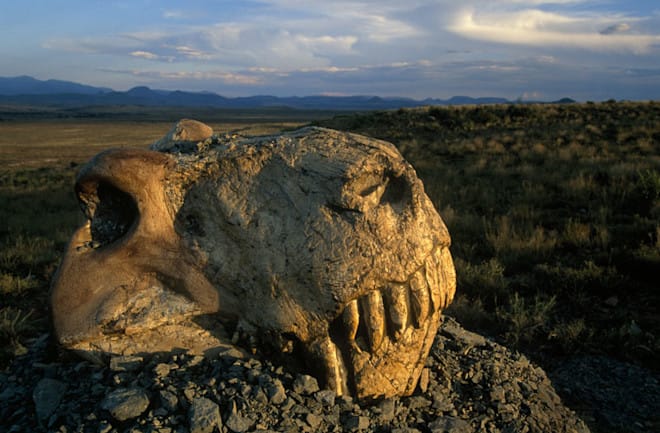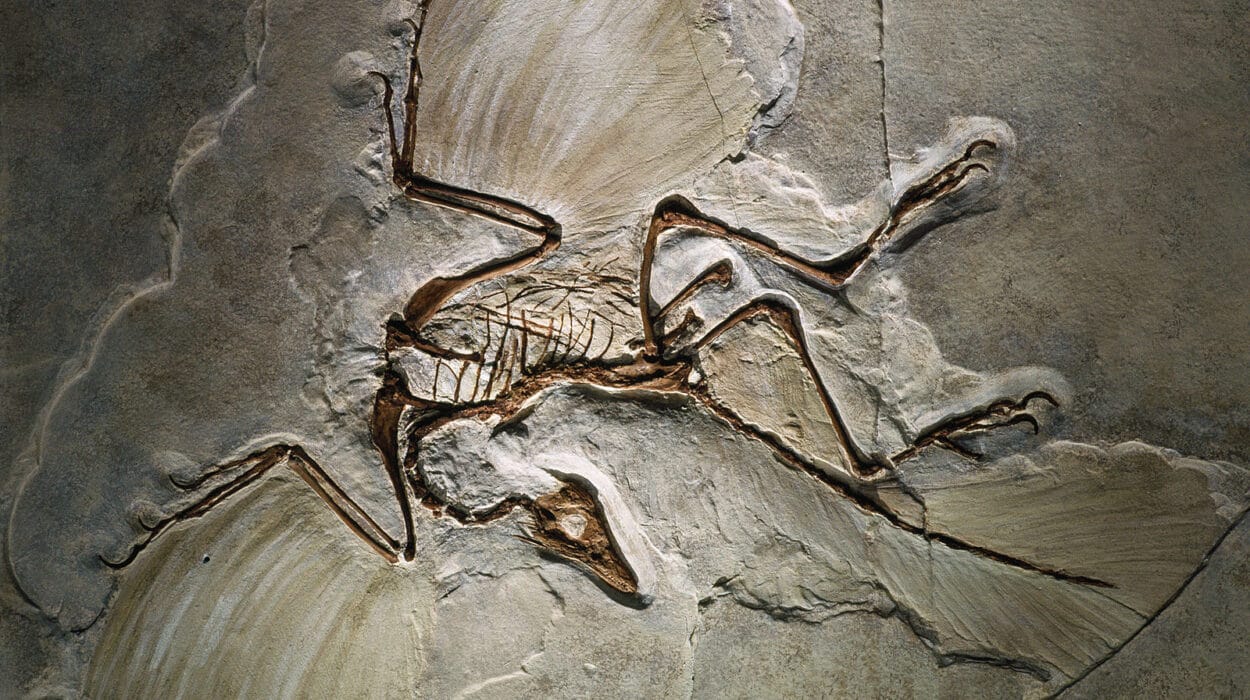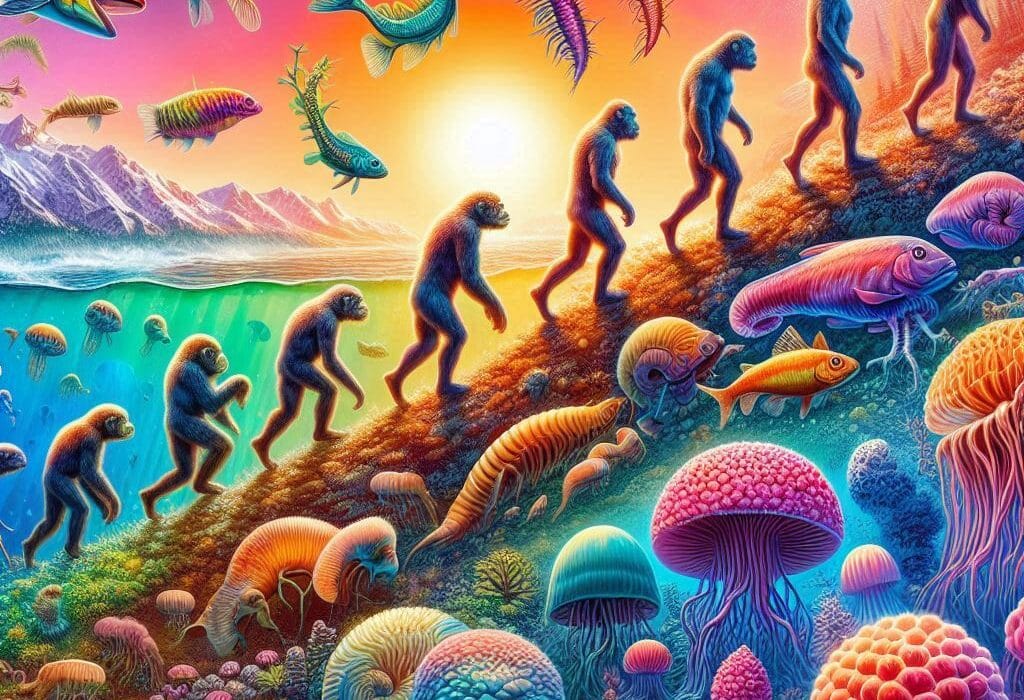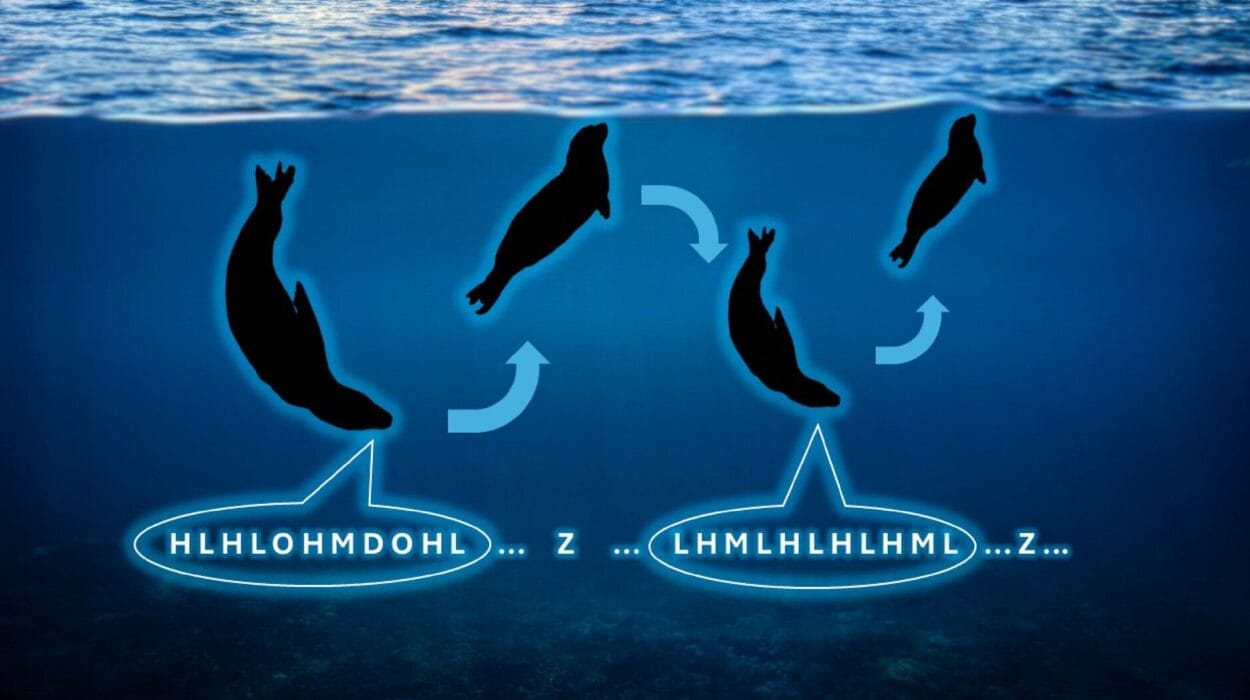There is something haunting about a fossil. It is not just a bone or a shell, not merely the imprint of a fern or the armor of a long-dead trilobite—it is a whisper from a world that no longer exists. Each fossil tells a fragment of a story, and when enough fragments are pieced together, they form a mosaic of Earth’s ancient life. But sometimes, that story isn’t one of life flourishing. Sometimes, it’s a story of loss. Deep loss. Global loss.
Mass extinctions are among the most dramatic and terrifying events in Earth’s history. They are not slow, evolutionary transitions. They are catastrophic punctuation marks—sudden, violent, and transformative. And the only reason we know they happened is because fossils preserved the silence that followed. Like gravestones scattered across deep time, fossils are the key to understanding these global crises. They bear witness not only to what lived, but what died. And in the spaces between them, we begin to hear the screams of extinction.
What Is a Mass Extinction?
In the broad flow of evolutionary history, extinction is common. Species come and go all the time—over 99% of all organisms that have ever lived are now extinct. But mass extinctions are different. They are global. They are abrupt, on a geological timescale. And they do not discriminate.
A mass extinction occurs when a vast number of species—across many different environments and taxonomic groups—vanish within a relatively short window of time. Paleontologists generally recognize five major mass extinctions in Earth’s past, known as “The Big Five.” Each one left deep scars in the fossil record. And each one reshaped the course of evolution, wiping away entire lineages and opening doors for others.
But how do we know all this? The answer lies in fossils—layered in sedimentary rocks, buried in deserts and cliffs, frozen in amber or entombed in oceanic muck. These remains and traces tell a story that biology alone could never uncover.
Reading the Rocks: How Fossils Record Extinction
To understand how fossils document mass extinctions, we must first understand how they record life itself. Fossils accumulate over millions of years in layers of rock. In ideal conditions, dead organisms are quickly buried by sediment—shielded from scavengers, oxygen, and decay. Over time, these remains mineralize, becoming part of the rock record.
By analyzing different rock strata, paleontologists can determine which species lived when, and how communities changed over time. This is the essence of biostratigraphy—the study of the distribution of fossils in geological strata.
What makes mass extinctions stand out is the sudden disappearance of large numbers of fossilized species within a narrow range of layers. One moment, a reef teems with corals, crinoids, and mollusks. The next, it is barren—followed by layers of sediment with no complex life at all. Sometimes, these changes are abrupt and jarring. In other cases, they are accompanied by a bloom of fungi, indicating the global decay of dead organic matter.
By correlating these layers across continents, scientists can determine that the extinction was not a local event, but a global catastrophe. Fossils are thus the forensic record of the planet’s greatest biological murders.
The Ordovician-Silurian Extinction: Death by Ice
The first of the Big Five mass extinctions occurred around 443 million years ago, at the end of the Ordovician Period. It wiped out approximately 85% of marine species. At that time, life was largely oceanic—complex life had not yet colonized land. So the toll was taken primarily in the sea: trilobites, brachiopods, bryozoans, and graptolites were devastated.
Fossils show an abrupt shift from diverse marine faunas to starkly impoverished ones. What caused it? Evidence from glacial deposits and oxygen isotope data suggests a massive ice age. The supercontinent Gondwana drifted toward the South Pole, triggering global cooling, falling sea levels, and a cascade of ecological collapse.
Fossils from before and after the extinction event show the dramatic reorganization of marine ecosystems. Coral reefs vanished. Plankton populations crashed. The fossil record bears this shift in vivid detail—like a photograph snapped before and after a storm.
The Devonian Extinction: A Long, Slow Dying
About 372 to 359 million years ago, the Devonian Period came to an end—not with one massive blow, but a drawn-out series of punches. This extinction likely occurred in multiple pulses over several million years, making it harder to detect in the fossil record. Nevertheless, the impact was profound: up to 75% of species disappeared.
This was the era when fish diversified dramatically—some developing lungs and limbs. Yet, bizarrely, many large reef-building organisms vanished. The fossil record shows a slow decline in diversity, especially among armored jawless fish, trilobites, and reef-forming corals.
Some scientists point to widespread anoxia (oxygen depletion) in the oceans, possibly triggered by algal blooms or the proliferation of land plants, which may have disrupted nutrient cycles and eroded soils into the seas. Again, fossils provide clues: black shale deposits, signs of low-oxygen conditions, and a marked disappearance of pelagic life.
The Permian-Triassic Extinction: The Great Dying
If the fossil record had a horror film, the Permian-Triassic extinction would be the climax. Occurring about 252 million years ago, it was the most devastating biological crisis in Earth’s history—often called “The Great Dying.” An estimated 90–96% of marine species and 70% of terrestrial vertebrate species were wiped out. It was as close as life on Earth has ever come to being completely snuffed out.
Fossil beds from before the event show an ocean teeming with life: trilobites, ammonoids, brachiopods, and corals thrived. After the extinction layer—marked by a thin horizon of ash and chemical anomalies—these groups disappear en masse. Even the insects, usually resilient, suffered massive losses.
So what caused such apocalyptic devastation? Evidence points to immense volcanic activity in what is now Siberia, releasing vast quantities of carbon dioxide and methane. The resulting greenhouse effect warmed the planet, acidified the oceans, and disrupted atmospheric circulation. Fossils show stunted growth, deformities, and widespread microbial blooms—hallmarks of environmental collapse.
The fossil record here is not just informative; it is tragic. It shows a world in freefall, with entire ecosystems unraveling like torn fabric. And yet, it also shows survival—tiny glimmers of life that clung on, setting the stage for the rise of the dinosaurs.
The Triassic-Jurassic Extinction: Dinosaurs Ascend
Roughly 201 million years ago, at the end of the Triassic Period, Earth experienced another major extinction. This one eliminated around 80% of species, particularly affecting large amphibians, early reptiles, and many marine groups. And once again, fossils are the lens through which we perceive the transition.
Before the extinction, the fossil record includes a wide range of archosaurs, therapsids, and various reptilian forms. After the extinction, dinosaurs begin to dominate the land. It was, in a cruel twist, their moment of opportunity—mass extinction had cleared their competition.
Volcanic activity related to the breakup of the supercontinent Pangaea is a likely culprit. Fossils reveal abrupt climate shifts and patterns of stress in ecosystems. As with earlier events, extinction left behind not just emptiness but a reshaped evolutionary landscape. Fossils show the dinosaurs expanding in size and diversity, ultimately ruling the Earth for the next 135 million years.
The Cretaceous-Paleogene Extinction: Death from the Sky
The most famous mass extinction occurred 66 million years ago—the Cretaceous-Paleogene (K-Pg) event, which ended the reign of the dinosaurs. It is perhaps the most viscerally understood extinction, immortalized in textbooks, documentaries, and CGI recreations. A colossal asteroid, 10–15 kilometers wide, slammed into what is now the Yucatán Peninsula, triggering tsunamis, wildfires, a global dust cloud, and a years-long impact winter.
Fossils paint a vivid before-and-after. One layer contains the final dinosaur bones—T. rex, Triceratops, and hadrosaurs. The next is a thin, global layer of clay rich in iridium, a rare element associated with asteroids. Above that are no more non-avian dinosaurs. Instead, fossils reveal a world recovering: small mammals, birds, and flowering plants diversifying in the post-impact silence.
In recent decades, fossil sites like the Tanis deposit in North Dakota have even preserved what may be the precise moment of the catastrophe—fish fossilized with glass spherules in their gills, blasted from the heavens. It is perhaps the closest we have come to fossilizing an apocalypse.
Beyond the Big Five: The Sixth Extinction?
Mass extinctions are not just ancient history. Many scientists believe we are now living through a sixth great extinction—one caused not by asteroids or volcanoes, but by humans. Habitat destruction, climate change, pollution, overexploitation, and invasive species are pushing extinction rates to levels unseen in millions of years.
Fossils are forming even now. The bones of whales tangled in fishing nets, bird remains in landfills, coral reefs calcifying under heat stress—future geologists may one day read our fossil record as a chronicle of ecological collapse.
Unlike past extinctions, this one is conscious. We are both the asteroid and the survivors. And the fossil record is not yet complete. What we do today will be etched in stone for eternity.
Resilience in the Ruins
Despite their grimness, mass extinctions are not merely stories of death. They are also tales of renewal. After each great die-off, life eventually rebounds. New ecosystems emerge. Evolution takes bold new directions. Mammals inherited the Earth after the dinosaurs. Flowering plants flourished after the Cretaceous. Modern coral reefs rose from the ashes of ancient ones.
Fossils show us not only what we lost, but what we became. They are proof that life is tenacious—capable of recovery even after global catastrophe. They are the scars of evolution, but also its blueprints.
In the ashes of extinction, we find the seeds of tomorrow. The fossil record is not a graveyard; it is a library.
Listening to the Stones
In a sense, fossils are the most patient storytellers on Earth. They wait in silence, entombed in stone, until uncovered by wind, wave, or human hand. When we discover them, we become part of that story. We are the readers of time’s deepest texts, the listeners of tales so vast they make empires seem fleeting.
Mass extinctions are brutal chapters in the story of life. But they are also essential ones. They teach us that stability is an illusion, that life’s abundance is fragile, and that we are but one part of a vast and evolving whole.
Fossils do not lie. They tell us that life can perish, but also that it can rise again—resilient, defiant, and new.
So the next time you hold a fossil in your hand, consider not just the creature it once was, but the world it once knew. A world lost. A silence recorded. And in that silence, a warning, and a hope.






